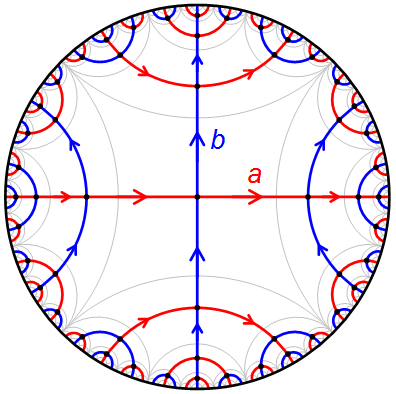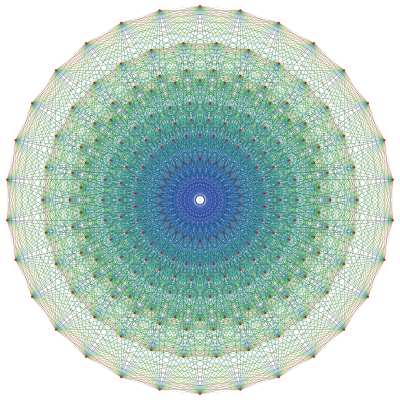Research developed within the Algebra group connects with a variety of (sub)areas of Mathematics and Computer Science. Graph-theoretic, geometric or topological arguments have widespread use.
Automata theory: Descriptional complexity in the average case through the analytic combinatorics of conversion methods between regular expressions and finite automata. Invertibility studies to develop a public-key cryptography system based on linear transducers. Use of pre-grammars for type inhabitation.
Combinatorics: Fundamental groups, homotopy and homology within boolean representable simplicial complexes, combinatorics of hyperplane arrangements through the Pak-Stanley labeling of its regions, algebraic and geometric properties of combinatorial decision and optimization problems.
Dynamical systems: Use of algebraic tools to characterize flow-invariant spaces of dynamical systems given by network (graph) structures. These results are intended to prove generic dynamical properties such as bifurcations and heteroclinic behavior.
Group theory: Generation of finite groups and some graph-theoretical properties of the generating graph of 2-generated groups. Polyhyperbolic geodesic metric spaces and endomorphisms of hyperbolic groups. Submonoids of free groups.
Representation and ring theory: Structure of non-commutative rings and Hopf algebras, with some emphasis on affine cellular algebras, generalized Weyl algebras, Ore extensions and quantum groups. Topics of interest are factorization in non-commutative rings, PI theory, automorphism groups, injective hulls of simple modules, Hochschild (co)homology and deformation theory.
Semigroup theory: Relatively profinite semigroups versus symbolic dynamics and classification of pseudovarieties. Profinite approach to decision problems for pseudovarieties. Profinite topologies. Construction of a model for the bifree locally inverse semigroups by making use of a special type of graphs.



